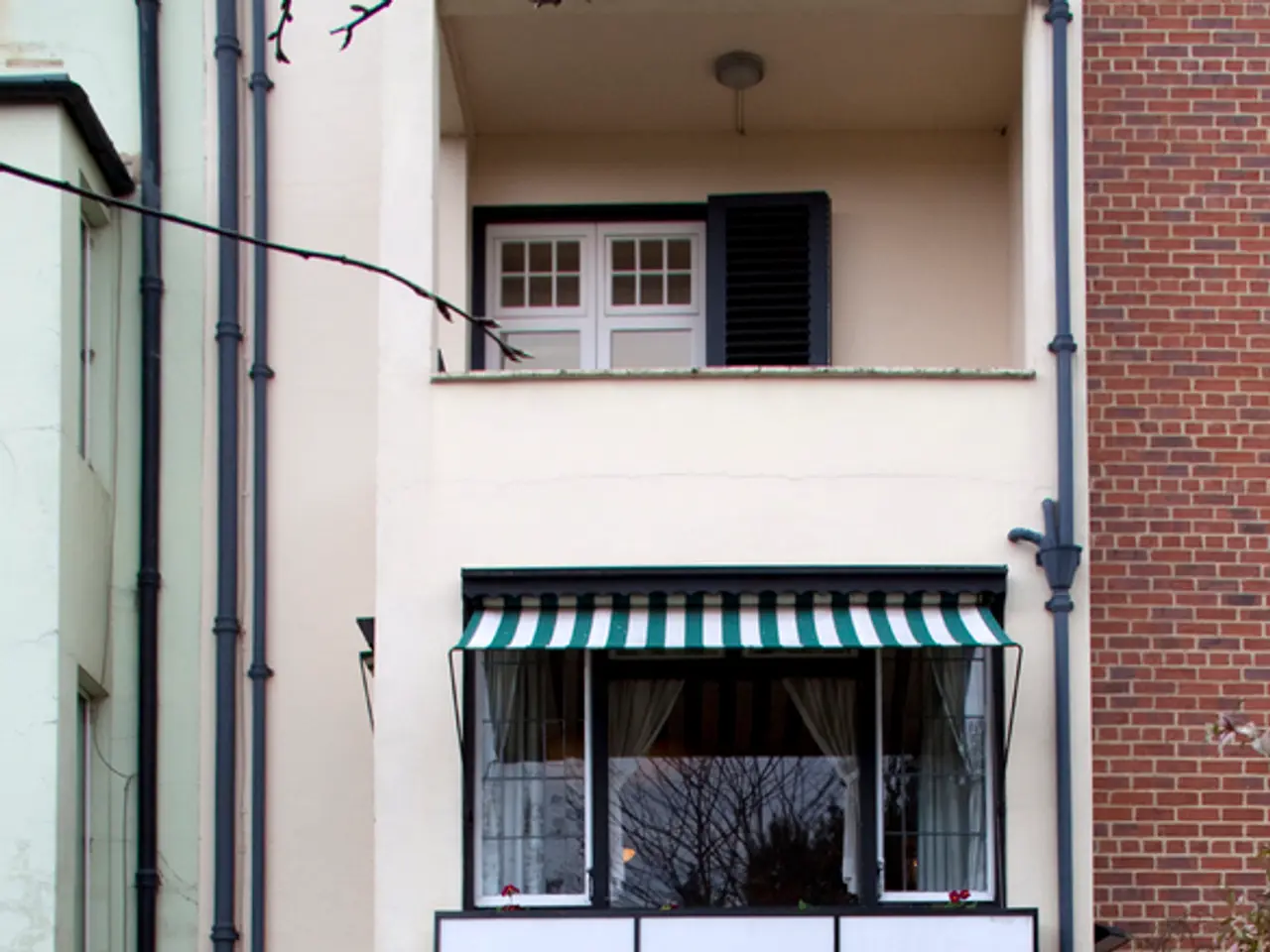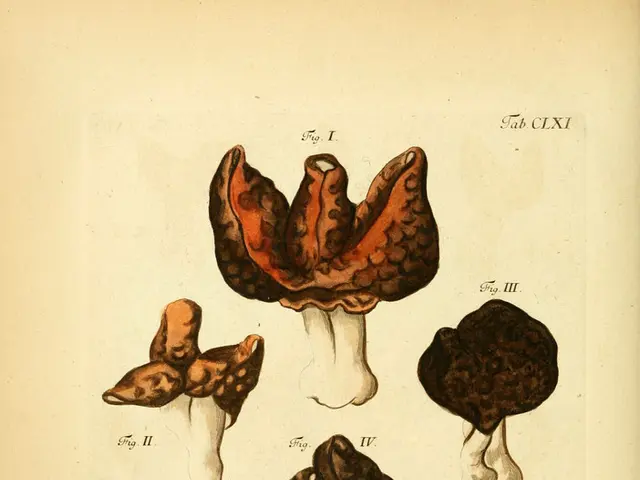Transforming Your Balcony into a Blossoming Sanctuary of Greenery
**Transforming High-Rise Balconies into Green Spaces: A Guide for Melbourne Residents**
As Melbourne continues to grow, with an increasing number of high-rise apartments being built each year, many city dwellers are seeking ways to bring nature into their living spaces. Here's a comprehensive guide on creating a thriving balcony garden in Melbourne's unique and challenging environment.
**Understanding the Challenges**
Melbourne's variable climate, with hot, dry summers, unpredictable rainfall, and gusty winds, combined with the unique conditions of a high-rise balcony (intense sun exposure, reflective heat, wind stress, and sometimes limited soil depth), means plant selection must be strategic.
**Orientation**
- North-facing balconies receive full sun in summer but can be shaded in winter; plant deciduous vegetation for summer shade and winter sun penetration. - East and west-facing balconies get morning or afternoon sun; use vertical shading solutions (vines, tall shrubs) for protection. - South-facing balconies are cooler and shadier, ideal for plants that prefer filtered light.
**Plant Selection**
Plants should be chosen based on balcony orientation and sun exposure. Drought-tolerant, sun-loving species are ideal for balconies with strong sun; shade-tolerant varieties for those with less direct light.
**Recommended Plants**
- North: Mediterranean evergreens (olive, pine, catmint) and deciduous vines (Wisteria, ornamental grape) - East/West: Climbing plants (Monstera, Star Jasmine), grasses (Stipa, Carex), herbs (rosemary, thyme) - South: Ferns (Bird’s Nest Fern), Sensors (Lysimachia), ZZ Plant (Zamioculcas zamiifolia)
**Cultivation Tips**
- Use large, deep pots with good drainage to protect roots from wind and temperature fluctuations. Self-watering pots can help manage irregular rainfall. - Maximise space and create green screens for privacy and shade with vertical planters. - Install lightweight screens or trellises to reduce wind exposure for sensitive plants. - Use organic mulch to retain moisture and regulate soil temperature. - Cluster pots to create microclimates and provide mutual protection from wind and sun.
**Practical Tips**
- For shade and privacy, consider a pot of bamboo, bird of paradise, or a trellis of jasmine. - Lithophytes, such as dendrobium orchids, elkhorn and staghorn ferns, and rainforest succulents, can add interest and endure extremes, although not all take full sun. - For those who prefer low-maintenance options, the nearly indestructible ZZ Plant thrives on neglect and in shade.
**Conclusion**
By prioritising drought-tolerant, wind-resistant Mediterranean species for sunny aspects, deciduous vines for seasonal shade, herbs and grasses for resilience and usability, and ferns or ZZ plants for shaded spots, Melbourne residents can transform their high-rise balconies into vibrant, functional green spaces. Always tailor your choices to your balcony’s specific orientation and microclimate.
The guide for Melbourne residents suggests creating a thriving balcony garden by focusing on drought-tolerant, wind-resistant plants when designing a home-and-garden setup on high-rise balconies. This lifestyle choice can result in a transformative, lush home-and-garden space that provides both functional and aesthetic benefits.




